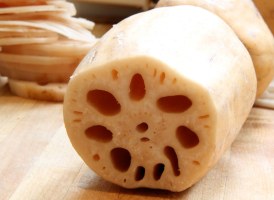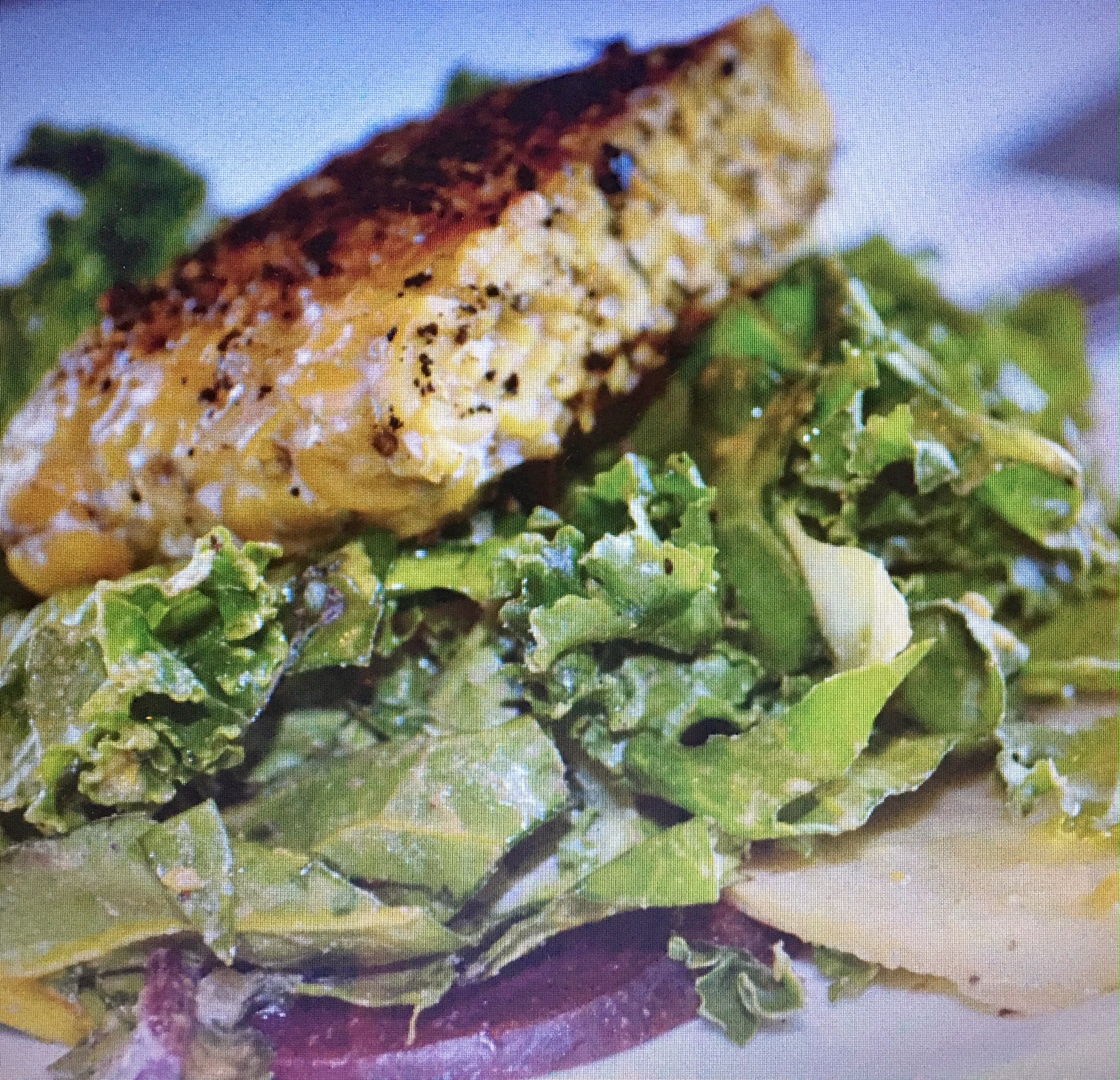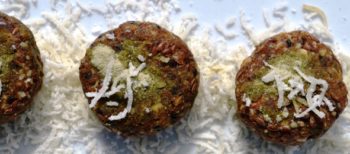It’s All In The Root
What is Lotus Root anyway? Aside from being low glycemic, Lotus Root is often considered to be a decorative plant. Naturally grown in Asia, Australia, New Guinea and parts of the Middle east, the lotus plants grow in the mud of shallow ponds, marshes, lagoons, and flooded fields. These roots are harvested from the beginning of August and continue through the fall.
Lotus root is quite common in Asian cooking. Lotus root looks a bit like a chain link fence when sliced. Consider the natural design of sliced lotus root to be that of a weird face mask due to the holes inside the root. This interesting looking plant is a natural conversation starter when served at parties. Lotus root tastes similar to coconut, but it is crunchy like a raw potato.
What is Low Glycemic?
Low glycemic lotus root is also referred to as Low GI. Simply put, foods that are low glycemic are slowly digested and absorbed. These factors mean that when consumed, they cause a slower and smaller rise in blood sugar levels. A slower rise in blood sugar levels accounts for:
- Fewer cravings
- Feeling fuller for a longer period of time
- A more energetic feeling for a longer period of time
- Better control of blood sugar levels helps prevent and delay the onset of health complications including those associated with diabetes, heart disease, and stroke
- Blood sugar control is associated with healthier nerve and kidney function
Lotus Nutrition
- It is high in essential nutrients, including vitamin C and potassium
- A 100-gram serving of lotus root contains 66 calories
- 100 grams of Lotus contains about 3 grams of protein
- 100 grams of Lotus contains about 16 grams of carbohydrate, including 5 grams of fiber
- These nutrient values represent about 5% of the daily value for protein, 6% of the daily value for carbohydrate and 25% of the daily value for fiber
MORE Lotus Nutrition
- Lotus is a low calorie snack – See RECIPE here: Baked Lotus Root Chips
- One serving of lotus root provides you with vitamin C, vitamin B-6 and riboflavin, and thiamine.
- Vitamin C is an antioxidant that helps rid your body of free radicals that might otherwise damage your cells. Therefore, It is essential for healing wounds and making new cells.
- B vitamins are necessary for turning foods into energy thereby helping to keep your hair, skin, liver and eyes healthy.
- Each serving of lotus root contains potassium, phosphorus, iron and magnesium. Potassium helps control your blood pressure and is essential for normal nerve and muscle function. Phosphorus is necessary for creating DNA, strong bones and teeth, and for repairing cells.
- The body uses iron to form red blood cells and transport oxygen.
- Magnesium is important for maintaining blood sugar levels and normal muscle, nerve and immune function.
Want to try a new snack? See the Baked Lotus Root chip recipe!















